The Restoration of a Glade
The Stones River National Battlefield has recently purchased a piece of land between Broad Street and the railroad tracks just north of Thompson Lane. This land had, at one point, been a glade, but had been used for many years as a mobile home lot.
The Battlefield staff hope to restore the site to its original condition for two reasons. There are certain plant species which grow only in cedar glades. These are referred to as endemics. Many of these endemic species are endangered by loss of habitat, and the restoration of this glade will improve their chances of survival. The location, so close to the center of Murfreesboro will make it a convenient place for people to visit this unique habitat.
We will follow the progress of the restoration.
Original State - August, 2003
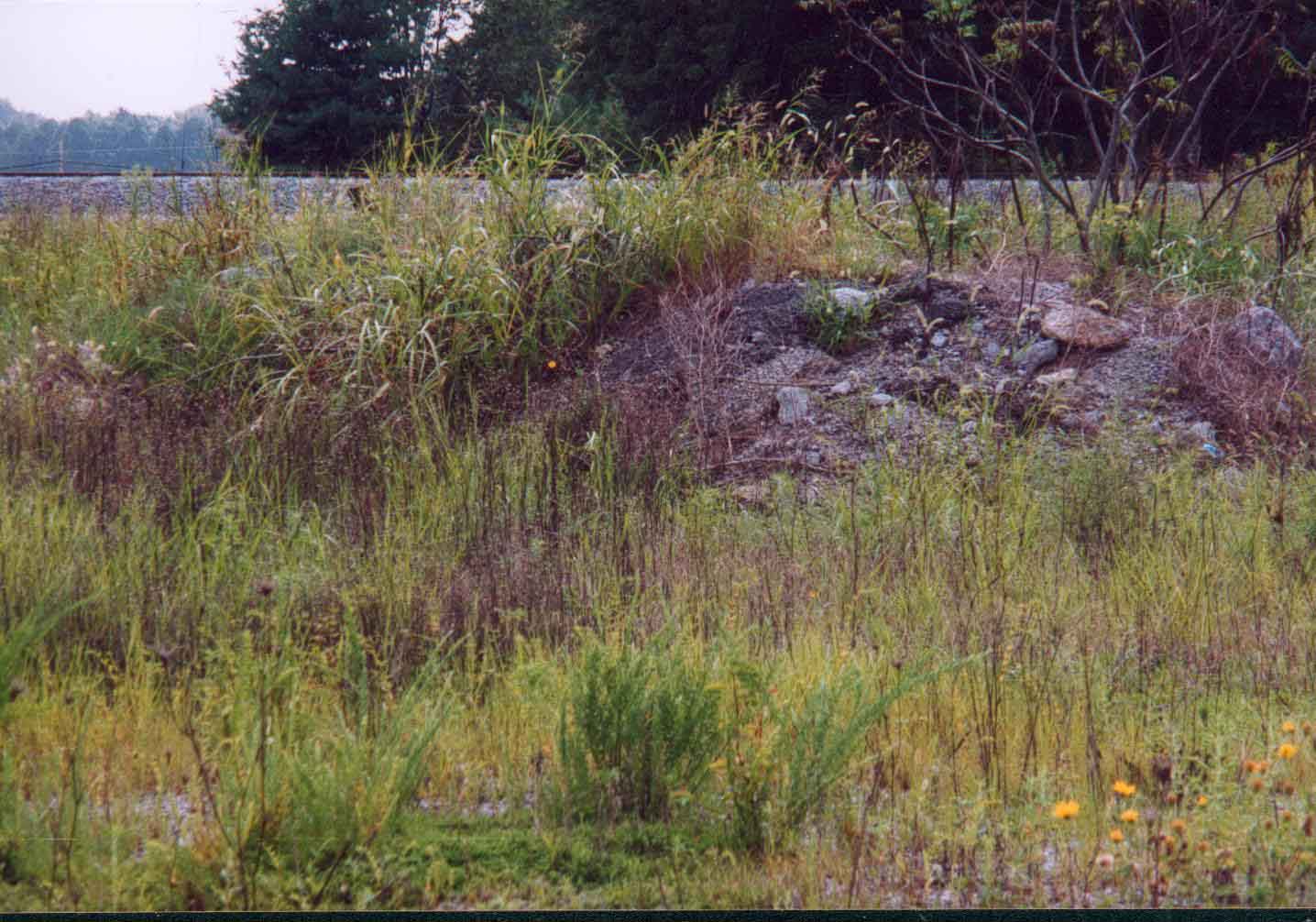 |
The site was badly degraded. It was littered with piles of rubble.
|
|
The area close to Broad Street maintained the character of a gravelly glade. However, there were almost no distinctive glade plants present. The only typical glade species commonly found was the cyanobacteria Nostoc commune (the black material on the ground among the flowers.) Most of the plants were either invasive species or common wild flowers not unique to the glades like the bitterweed (Helenium amarum) in this picture |
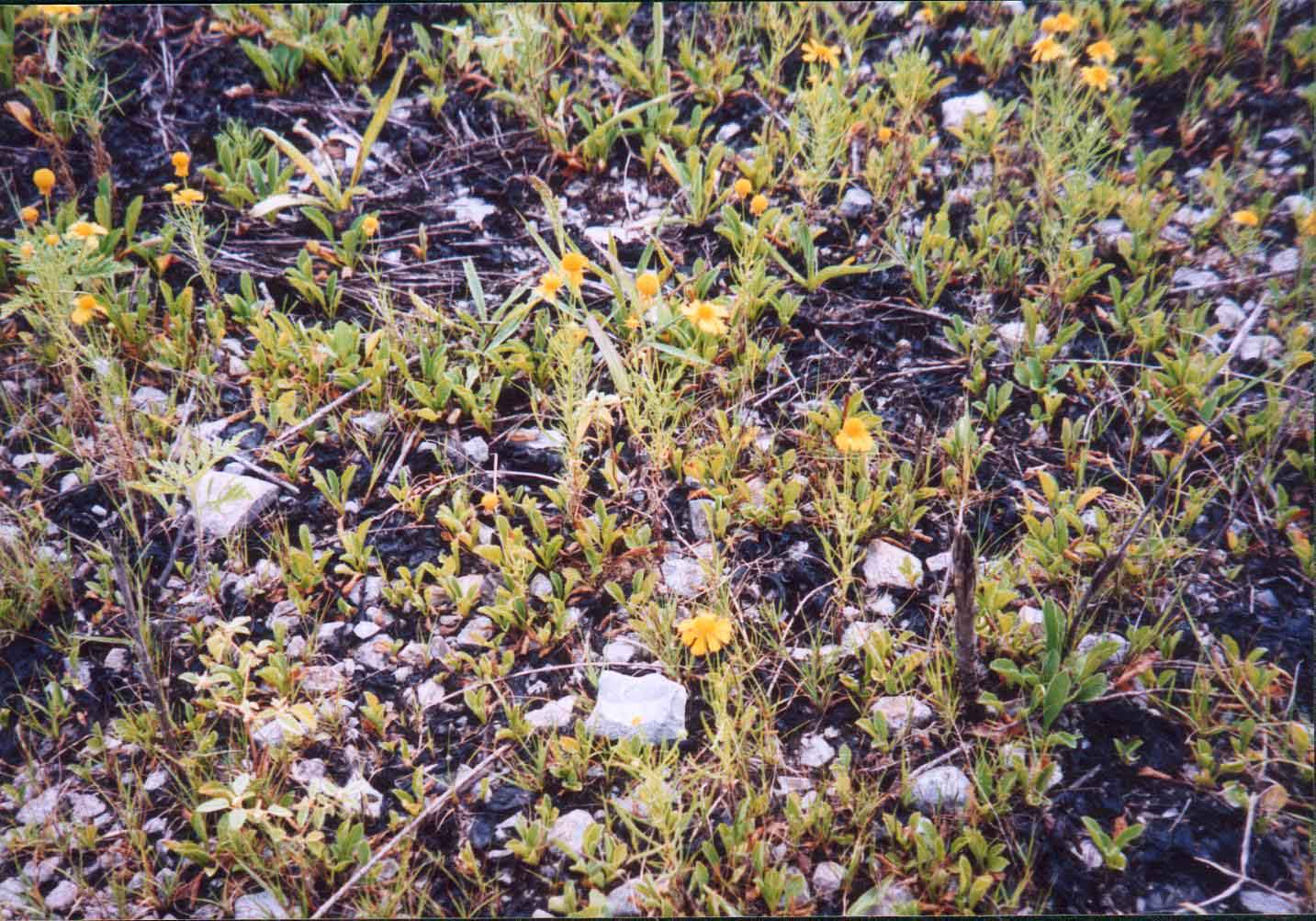 |
.
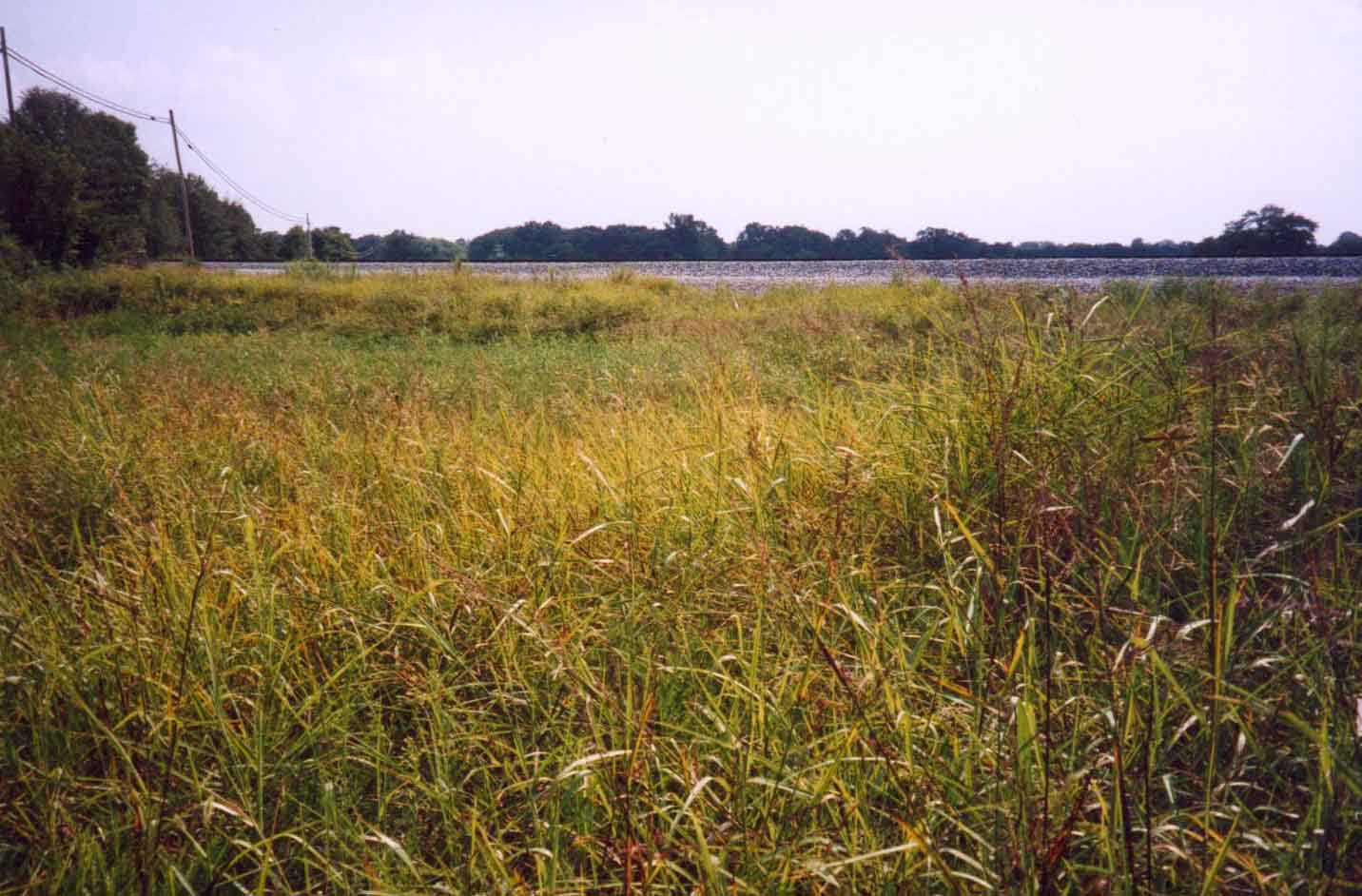 |
The area close to the railroad tracks is a grassy glade. However, here also, the endemic glade plants have been replaced with invasive species and common wild flowers. |
Leveling the Site - September, 2003
| Because of the absence of endangered species it was possible to get rid of invasive species and rubble with heavy equipment. This would not have been possible had there been a significant number of endangered plants. | 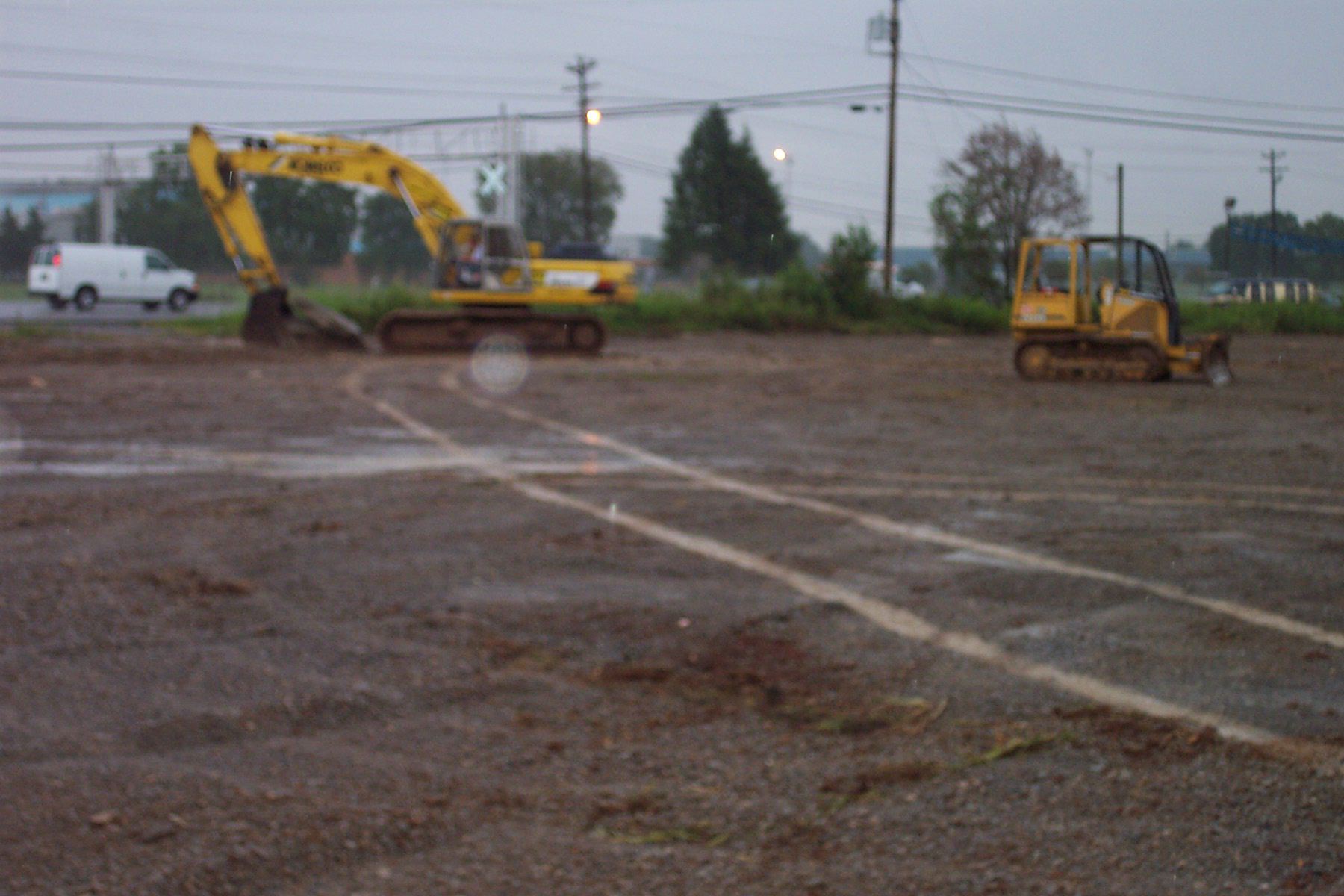 |
Planning for the Future - October, 2003
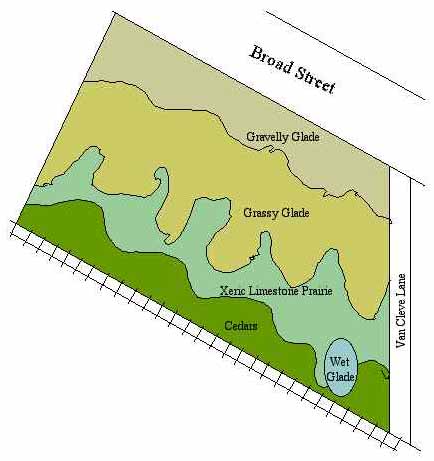 |
While waiting to be able to plant, naturalists plan what they want the restored glade
to look like. They want to restore it to what it looked like originally, with gravelly
glades near Broad Street and grasses near the railroad tracks.
However, since they want it used as a teaching glade, they have added a zone of cedar forest, which will have deeper soil than was there originally. Also, the building of the railroad tracks has changed the hydrology of the site, causing a permanently boggy area near Van Cleve Lane. This will be planted as a wet glade. It is important to start planning early, because most rare, endangered glade endemics cannot be picked up at your local nursery. They must be grown to order by specialists. |
Eliminating Invasive Species 2003-05
|
Before the plan can be implemented, it is essential that the site be clear of invasive species. This is because the naturalists plan to plant fragile endangered endemic species. These species are endemic to glades precisely because they do not compete well with other species. Because the common invasive species, like many endemic species, create seed banks, it will be necessary to let the site grow for several years, destroying the invasive species as they emerge. After two years, the site should be ready to replant as a glade. |
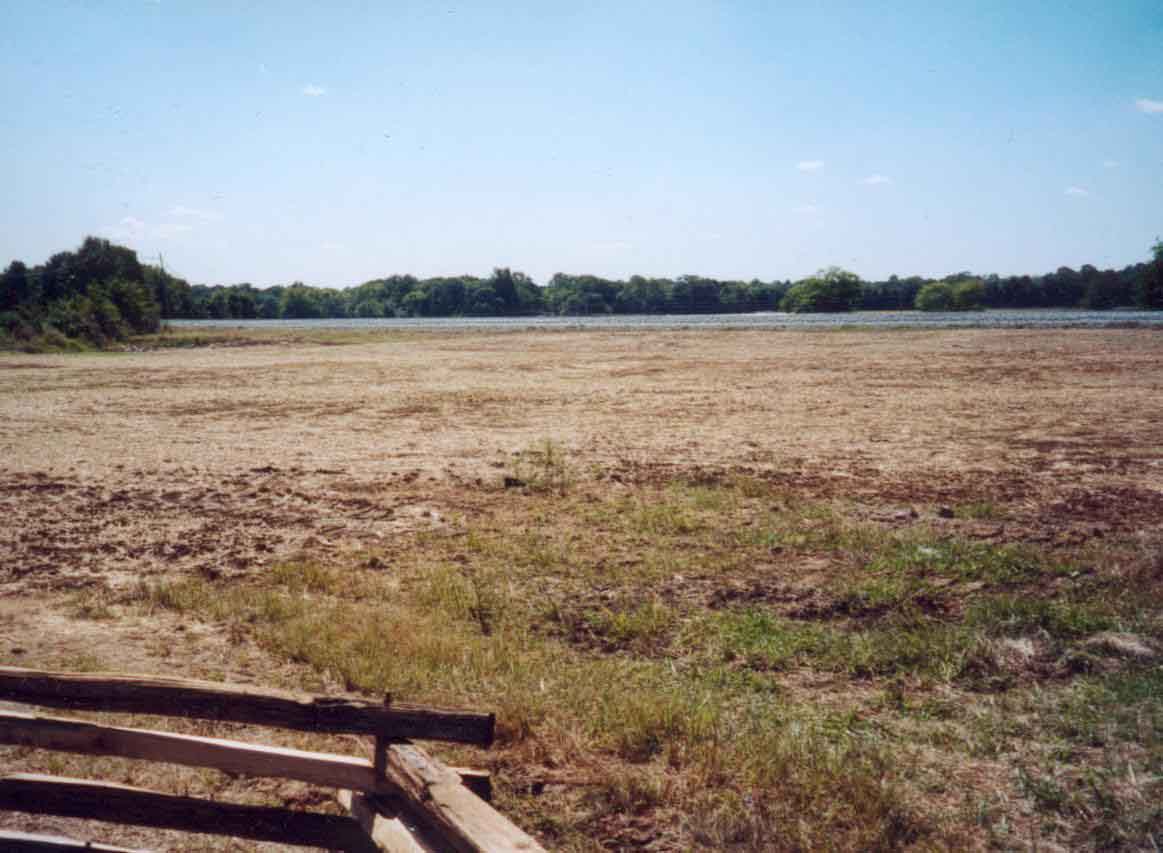 |


